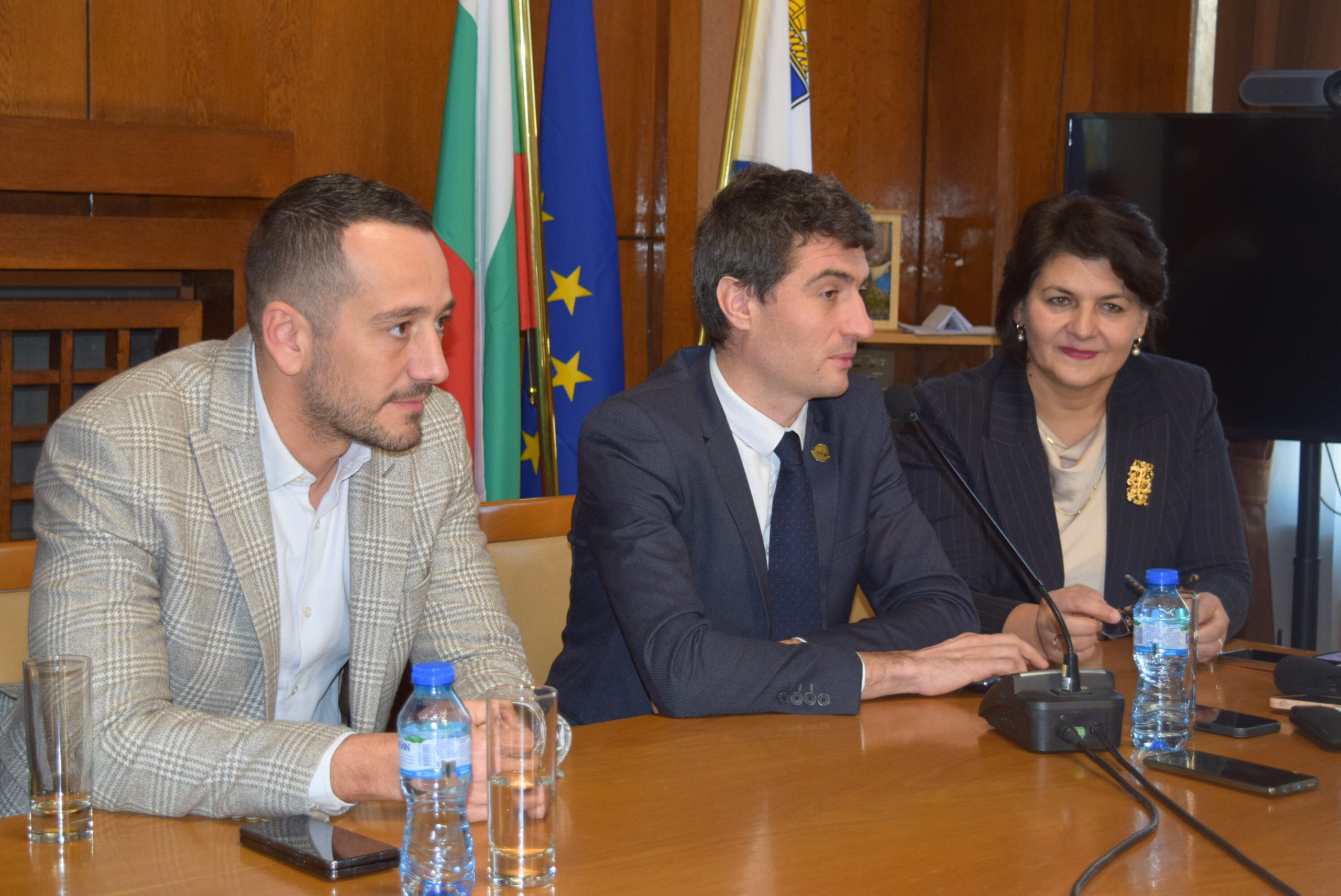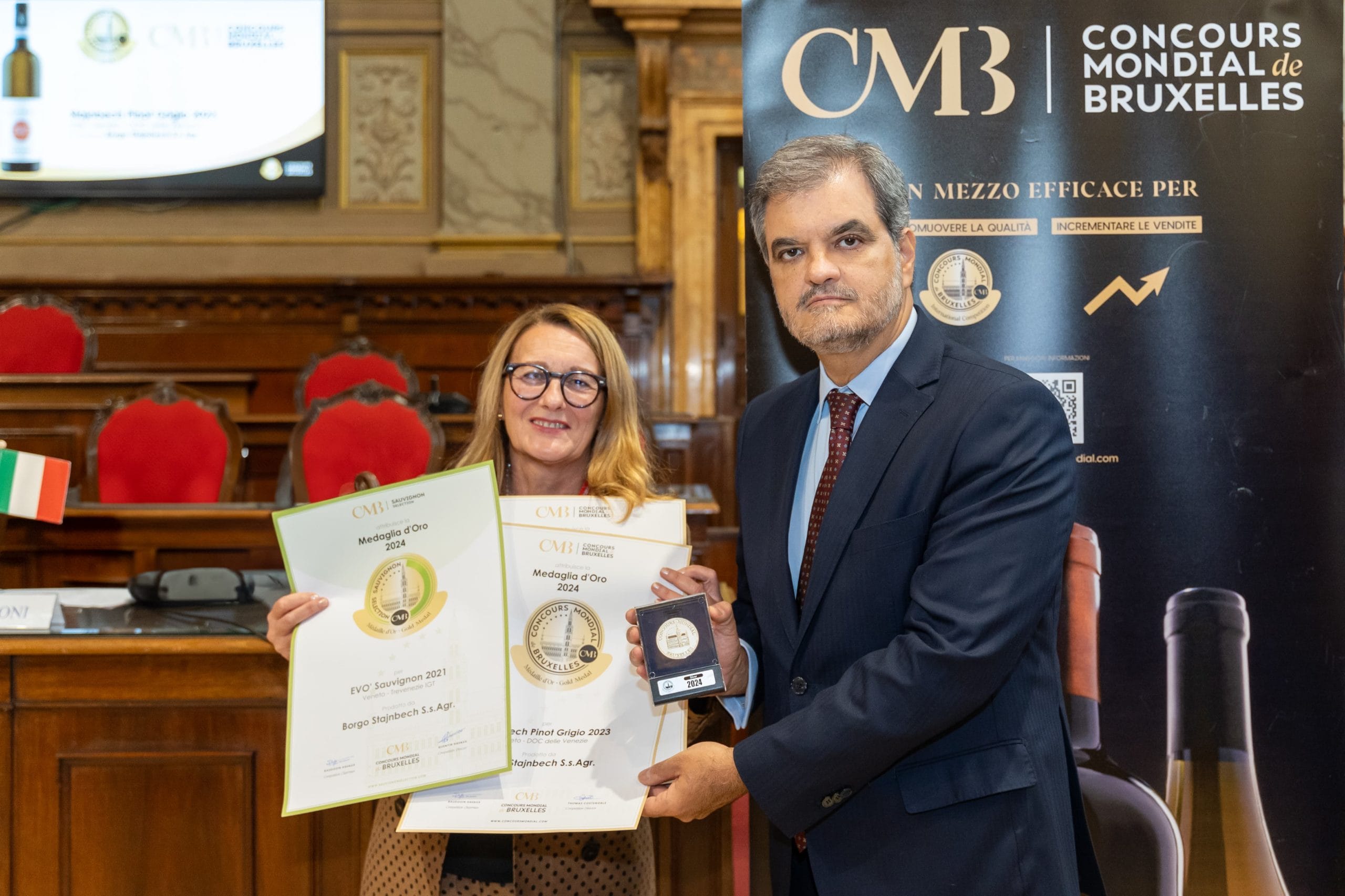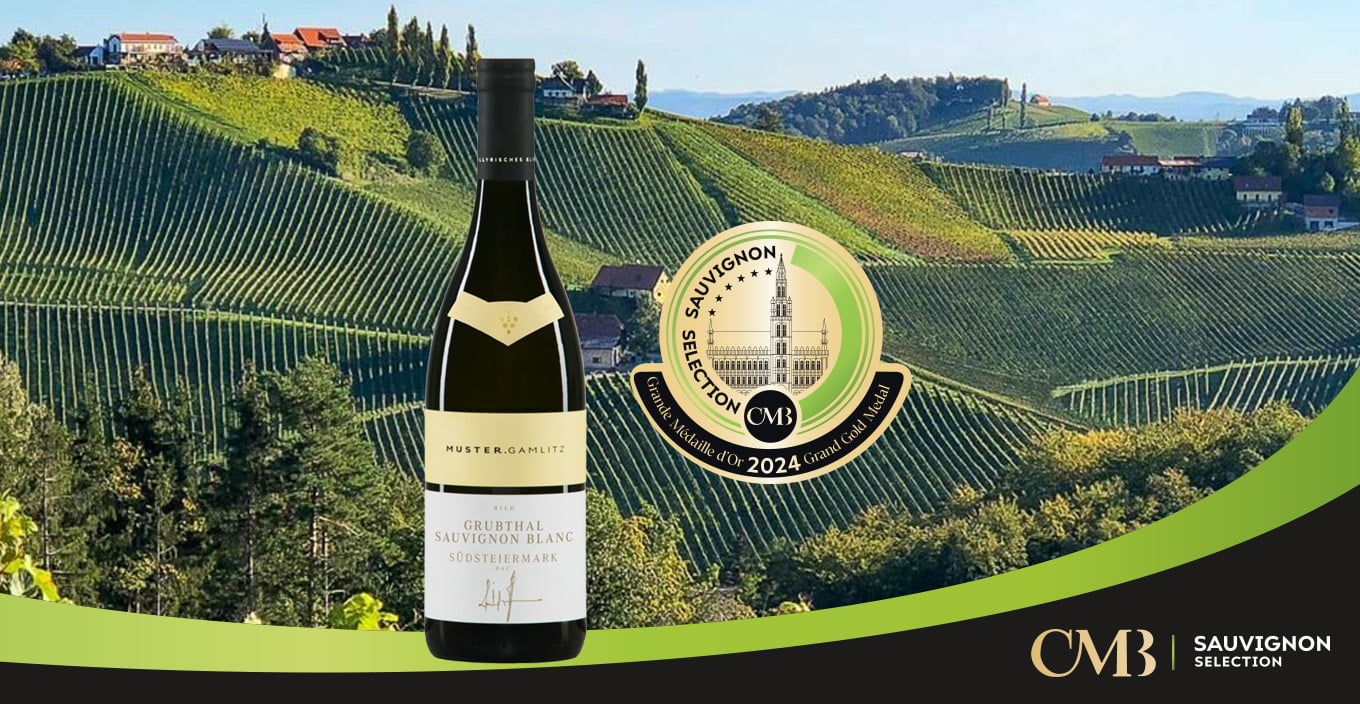The origins and rationale for Sauvignon Blanc in Spain

Not many people associate Spain with Sauvignon blanc. Indeed, a few years ago, relatively few people thought that Spain could produce quality still white wine. Until the 1980s, most people were right. Most Spanish white wine was, with a few glorious exceptions, dull. Most Spanish producers were quickly improving the quality and range of their red wines, thereby maintaining their precious heritage, but were not able nor interested in offering fresh white wines with commercial appeal.
Spain has always grown a lot of white grape vines. Until the early 2000s, the white Airén was the most planted variety in the world, because of the huge vineyards in La Mancha, but most of it was used for distillation and more or less recognised blending practices. Similar uses were made of the huge amounts of Merseguera, Cayetana and Beba, white varieties of neutral character. Others such as Parellada and Xarel.lo found their way into Cava, while in Galicia, the land of white wines, a lot of Palomino from Sherry was supplanting the low-yielding native varieties. In Rueda, most of the white grapes were Palomino and Viura, while in Rioja, plantings of aromatic Malvasia and low-yielding Garnacha blanca had all but disappeared because of their lower capacity to withstand oxidative winemaking (and, for Malvasia, fragility in the vineyard).
New market demand
In the late 20th century, many Spanish producers were aware that they would need to include high-quality aromatic white wines in their portfolios to stay in the market. Such a perception came crucially from the most successful Spanish producers and exporters, the big bodegas in Rioja. They realised that their classic Viura whites, wines with oxidative notes, little fruit and more balance than freshness, were at odds with demand from new consumers for fruity fresh aromatic white wines.
They went down three avenues, each one of them resulting in (then) innovative types of wines that met with success. First of all, new consideration was given to the winemaking practices and vine material available to Rioja producers. The intention was to adopt more reductive practices, together with temperature control and, generally speaking, more careful fruit management. One of the best examples of this style is the Placet by Bodegas Palacio Remondo, an extremely elegant, single varietal Viura. Others tried blending Viura with other varieties, such as Malvasia and Garnacha blanca, now coming back from virtual extinction, and concentrate on terroir aspects. The white Contino and the B by Basilio are shining examples of this approach today.
The second route taken was to look for native varieties elsewhere in Spain. This is the rationale behind Albariño’s spectacular entry into the world markets in the 1980s and 90s. Success has now been extended from Albariño from Rias Baixas to Godello from Valdeorras and other DOs. The first wave of investment came from large bodegas outside the region.
Emile Peynaud as Sauvignon ambassador to Spain
Finally, the third solution was to plant the foreign grape varieties that were doing so well in international markets. Sauvignon blanc has a clear date of entry in Spain: 1974. This year, we will be celebrating just forty years of Sauvignon presence in Spain. The variety was introduced by the best possible ambassador, Emile Peynaud of Bordeaux fame, at the request of Francisco Hurtado de Amézaga, Director of Marqués de Riscal. At the time, Peynaud was a consultant to the winery, and he accepted the challenge of looking for a white wine equivalent in quality to Riscal reds. Having discarded Viura in Rioja, he was invited to visit Rueda and realised the quality potential of the region, which was then in the doldrums and mostly producing fairly oxidative white wines, something between Sherry and rancio.
Peynaud was not fully convinced of the potential of Verdejo, the native variety in Rueda, finding it a little rustic and lacking in aroma. He recommended that Sauvignon should be planted, with the aim of adding elegance and an aromatic dimension to the wines. Even more relevantly, Riscal and Peynaud brought modern viticulture and winemaking techniques to the region, which brought almost immediate commercial success.
Torres was also a pioneer
It was a time of rapid transformation in Spain, and Riscal’s success with Sauvignon was echoed by others with Verdejo, which proved to be a better variety than Mr. Peynaud expected. Consequently, although there were new Sauvignon plantings for a while, Verdejo proved to be the real breakthrough in Rueda, thanks to quality improvements and greater acceptance of Verdejo by Spanish consumers, initially in Madrid, not far from the region, and now in international markets.
Before continuing with Rueda, the other great pioneer of Sauvignon blanc in Spain deserves a mention: Torres in Penedès, Catalonia. After successfully introducing Cabernet-Sauvignon, Merlot, Chardonnay and other varieties, Miguel Torres found in Finca Fransola an ideal spot for Sauvignon blanc, to be made in the then much-appreciated American ‘fume blanc’ style. The wine then developed unmistakeable Catalan expression, of a very high standard and, until five years ago, very few imitators. No global map of top quality Sauvignon blanc can be made without a mention of the tiny (25ha) spot at Fransola.
Rueda – all-set for an increase in plantings?
Despite the fact that Rueda’s climatic conditions and soils offer excellent potential for high quality Sauvignon, plantings of the variety never exceeded 700 ha. A dozen producers sell pure Sauvignon wines, but all of them sell much higher quantities of Verdejo or Verdejo blends. Nonetheless Sauvignon is crucially important to the region. I predict there will be increased plantings in the future, despite the constraints in growing Sauvignon, as expounded below.
Three lines of work were developed: the basic fruity Sauvignons, speciality wines and, more and more often, Sauvignon blended with Verdejo.
Sauvignon fruit-based wines are a weak competitor for Verdejo, because of higher vintage variation and a smaller window for picking the grapes. The fact that Sauvignon is picked before Verdejo, often in August, and that there is no clear price advantage for Sauvignon, are probably compelling reasons for preferring Verdejo to Sauvignon in Rueda. In good vintages, Sauvignon wines tend nonetheless to be fresher and more elegant than many Verdejos. Since they fetch similar prices to quality Verdejos, selecting them is a good option.
Among the specialities, barrel-fermented wines are still a rarity and were introduced by Riscal with its Reserva Limousin, targeting a niche market. The latest speciality, with great quality potential, is single-vineyard wines such as Finca La Colina by Sanz.
Well-made Verdejo from good vineyards is a wine in a league of its own, but many cheaper wines lack aromatic precision and freshness. The addition of relatively small quantities of Sauvignon to the blend imparts thiols and good natural acidity, resulting in a more interesting blend. The wines can marketed as Verdejo, provided the amount of Sauvignon is no more than 15%. A lot of Sauvignon may find its way into the market via these blends.
Catalonia – some special sites suited to Sauvignon
Sauvignon is definitely a speciality variety in Catalonia. The Mediterranean climate influencing much of the region is not fully suited to the grape variety, but the mountainous topography allows some good sites to be pinpointed. Fransola was special because of its continental climate, high altitude and northern aspect. Other producers have tried hard with Sauvignon, selecting special sites, some of which have been successful. Gramona of Cava fame, is one of the most remarkable ones, but Albet i Noya and Tayaimgut in Penedès, Castillo de Perelada, Roura, Espelt, Castell del Remei and Lagravera in other Catalonian DOs deserve a mention. Sauvignon is often blended with native varieties, such as Picapoll, Garnacha blanca and Muscat, as well as international grapes such as Chardonnay.
Elsewhere in Spain
According to Eurostat, in 2009, the last year for which data is available (the next update is due in 2015), there were 4,011 ha of Sauvignon blanc planted in Spain. It is not a lot, but still a huge increase from the 467 ha planted in 1999.
Only 625 ha were planted in Castille-León, home of Rueda, and a respectable 302 ha in Catalonia. Most of the remaining area – 2,709 ha – was planted in Castille-La Mancha.
Practically all plantings in this region share the same approach: highly technical vineyard management, with drip irrigation, mechanization and close scrutiny of the vineyard. The altitude and continental climate in La Mancha, and the high temperature variation between day and night that goes with them, compensate for the low latitude. Grapes must be picked well in August, and the window of opportunity for picking grapes with good ripeness and enough acidity is very narrow. Yields tend to be quite high, comparable to New Zealand.
I spoke with a few producers in the region and they are extremely optimistic about the future of their Sauvignons in international markets. They realise that in La Mancha Sauvignon stays fresher than Verdejo, also widely planted now, and aim for wines that are not particularly complex but offer good aromatic definition and a suave, fresh mouthfeel. Their wineries are very well equipped, and their viticulturalists are well trained in Spain and abroad.
Unbeatable value for money Sauvignon from La Mancha
I would not be surprised if in the next few years a tide of Sauvignon blanc from La Mancha floods supermarkets, at unbeatable value for money. But I do not think that there will be much Sauvignon blanc from this region competing in the ‘terroirists’ league. The best quality Sauvignons I have tasted from this region are Verum, Pago del Vicario, Finca La Estacada, Iniesta and Bodegas Almanseñas.
Valencia is worth mentioning mostly because of one surprising wine – Impromptu by Bodegas Hispano-Suizas, in Utiel-Requena. The wine, with its clean fruity expression nicely enhanced by barrel fermentation, collects awards year after year. Murviedro makes another decent Sauvignon in the region.
Sauvignon blanc appears in an increasing number of wines in many other areas of Spain, which makes me think that the next survey of Sauvignon acreage in the country will show remarkable growth. Improbable regions such as Binissalem (Majorca), Ribera del Guadiana (Extremadura), Jumilla and Alicante sell wines with Sauvignon in them.
In 2007, Rioja decided to include Sauvignon blanc among its recommended varieties. The move sparked many comments, because Sauvignon had never before been planted in the region (while other varieties with a long-standing history in the region, such as Cabernet-Sauvignon, are still forbidden). So far, very small acreage has been planted with Sauvignon. Lealtanza is to my knowledge the only pure Sauvignon blanc from Rioja, but others such as Remelluri are including it in their premium white blends. Maybe one day, who knows, somebody will say that Peynaud and Riscal should have stayed in Rioja to plant Sauvignon and start the story. I think I would encourage them to do it again – it is certainly worthwhile experience.


